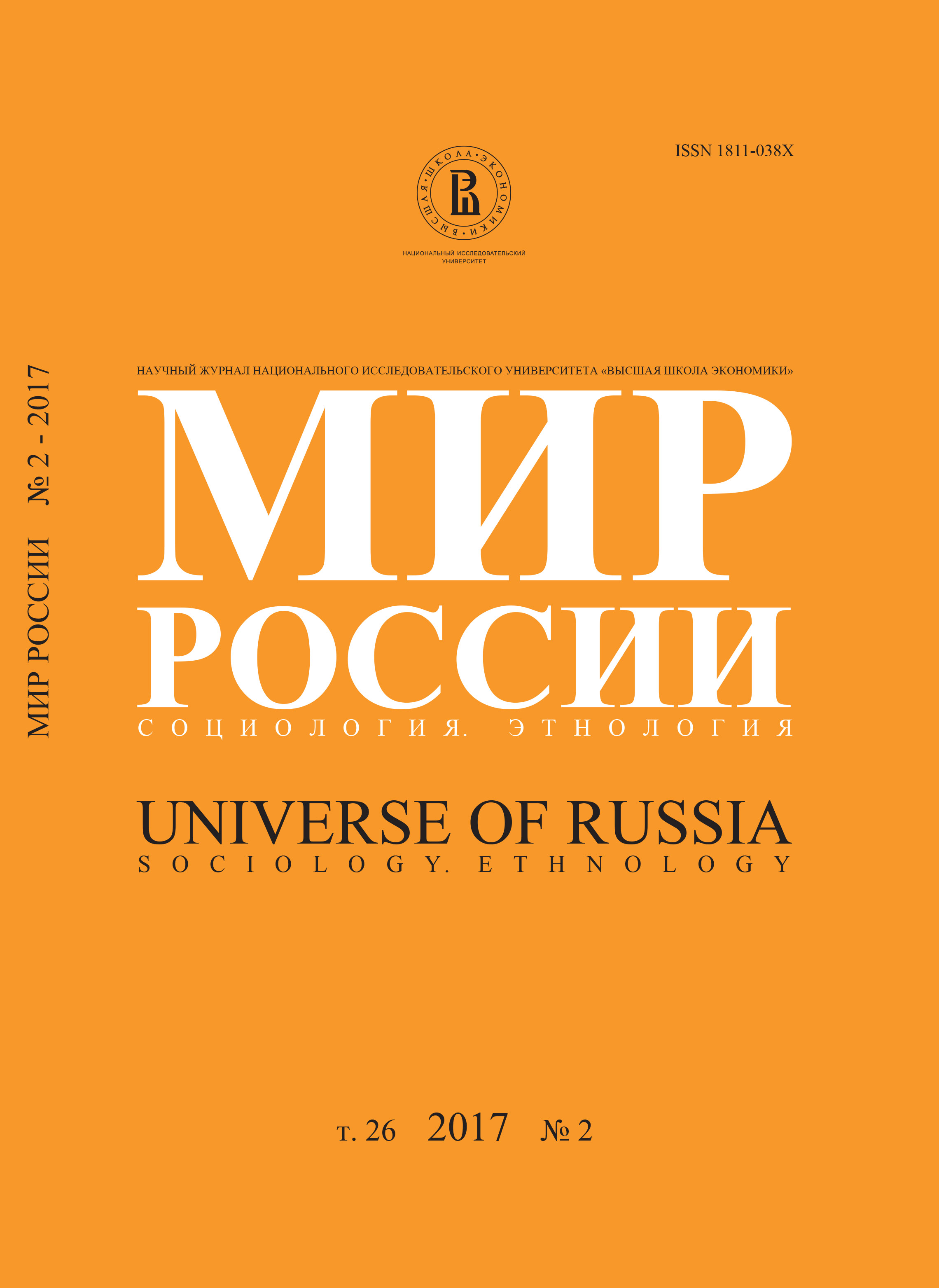Russian Population on the Move: Who, Where and for How Long?Book Review: Averkieva K.V., Antonov Ye.V., Kirillov P.L., Makhrova A.G., Medvedev A.A., Neretin A.S., Nefedova T.G., Treyvish A.I. (2016) Mezhdu domom i … domom. Vozvratnaya prostranstvennaya mobil’nost’ naseleniya Rossii [Between Home and … Home. Recurrent Spatial Mobility in Russia], Moscow: Novij Khronograf.
Abstract
Sergey Smirnov – Doctor of Science in Economics, Head of the Centre for Social Programs and Risks Analysis, the Institute for Social Policy, Higher School of Economics. Address: 20 Myasnitskaya St., Moscow, 101000, Russian Federation. E-mail: socpol@hse.ruThe book under review engages with two key types of internal migration in modern Russia: labour migration and seasonal migration. Each type of migration has its own motives. Labour mobility is inspired mainly by economic factors: labour migrants seek more attractive employment opportunities than the ones offered in their area of residence. Seasonal migration, on the other hand, is not connected with economic factors; it is mostly characteristic of urban citizens, who seek to escape from their urban lives and its ecology. Nevertheless, these types of spatial mobility have at least one thing in common – they are both recurrent, i.e. they are almost always temporary and imply the return of migrants to their primary area of residence. In other words, rather than being attached to a single home, the people who are involved in recurrent migration can be thought of as having at least two places which they can call home. This idea is intentionally echoed in the title of the book, which to some may appear as misleading; the title falsely promises some general-audience non-fiction writing, whereas the book is, in fact, a collection of high standard academic studies. The key strength of the book is its reliance on a systemic approach to recurrent mobility. First, the authors recognize Russia’s spatial structure as a rural-urban continuum, rather than being sharply distinguished between the two. Second, special chapters address the context of recurrent mobility, i.e. its social, economic, and infrastructural underpinnings. Third, the analysis is carried out at all three levels inherent to Russia’s complex spatial structure: local, municipal and regional. Finally, the study greatly gains from the richness of its description and analysis by drawing on case studies of different Russian regions representing its central, southern and eastern realities.






